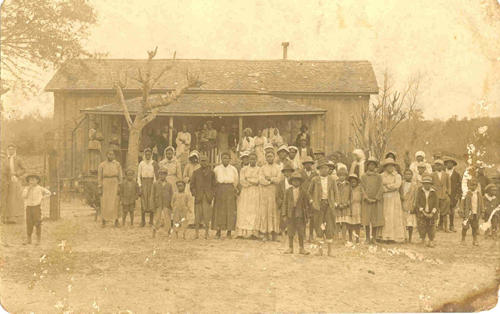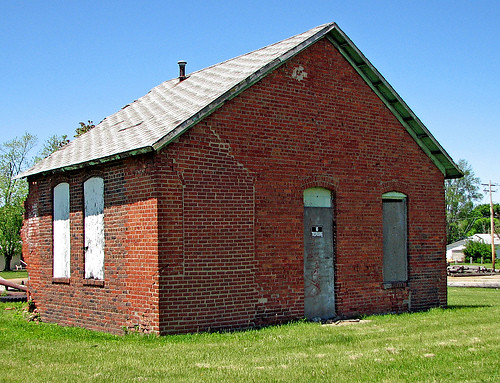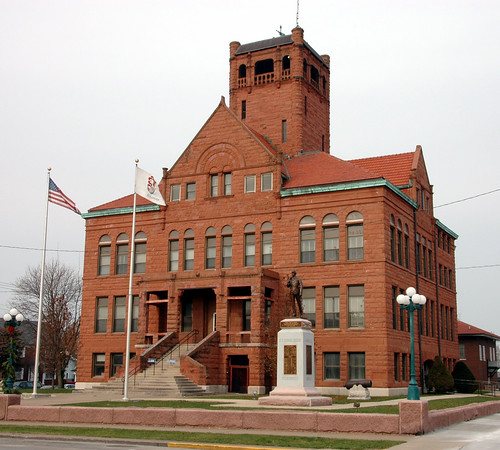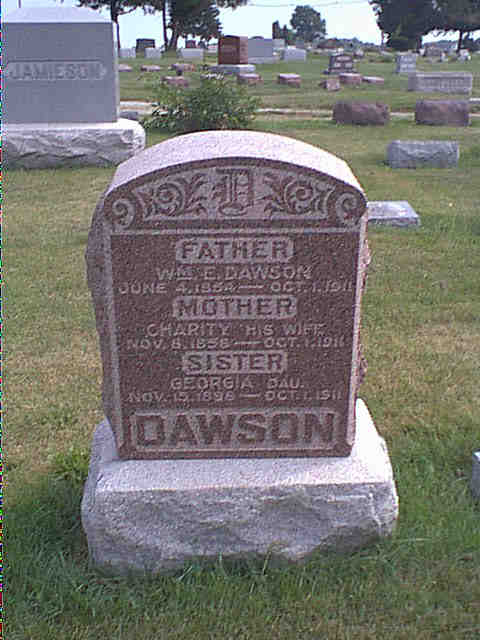Sorry I haven’t written anything in a while but first my laptop went haywire (don’t buy HP notebooks) then with the combination of not much new info and just being out of the habit of writing I got into other things. I’m not going to write specifically about another murder because, hey it’s Christmas and I don’t want to bum anyone out. So instead I’ll just make a quick note in general about the organization of these crime scenes.
Most people who read about true crime know about the difference between an organized and a disorganized crime scene. For those of you who don’t know it basically boils down to the difference between an organized office and a disorganized office (OVER generalized, I know). When I first began researching these crimes I somehow came away with the notion that these crime scenes were pristine. While trying to reconstruct the crime I started to get bogged down in details I had to guess at; such as did the Unsub wash his hands before or after he closed the curtains? I read an account of the Villisca crime scene and looked at some photos of another and realized my assumptions were way off. As I wrote in my “profile” post the crime scenes showed a mixed typology and I still think they lean more toward organized than disorganized but why mixed and why do I (it is my opinion) believe they lean organized?
 Glidden, Texas - March 1912
Glidden, Texas - March 1912
First of all, contrary to what I started out thinking, evidence of the unsub’s identity was left everywhere. With today’s technology this guy would have been arrested or at least identified a day after the bodies were discovered in Colorado Springs. Because the killer used a burglary kit and was able to move through a dark house so quietly, I’m pretty confident in saying he likely had a prior arrest for burglary (if not attempted assault) so his fingerprints would have been in the system. Using the Villisca crime scene as a guide there were probably bloody prints left throughout both the Burnham & Wayne cottages on doors and curtains. This was probably a characteristic of all the crime scenes but scene control was likely a problem as well (see photo above) so any prints left behind were wiped out or contaminated by morbid “tourists.” The mess of fingerprints is a characteristic of disorganized behavior but there was a ritual and a plan carried out which shows an organized mind. I also believe there was an “escape” plan carried out after the murders but I’ll get into that when I begin to discuss the Showman murders after the New Year. For now, have a merry Christmas, happy Hanukah, joyous Kwanza, wonderful Festivus or just a happy New Year.






 Initially I felt the flashlight was some kind of souvenir you might buy on the counter at a roadside diner. You know the kind I’m talking about; the cheap tin flashlight with “Yellowstone” stamped into the body. I thought what was written on the flashlight was “Lovely Colorado Springs” and that you could pick one up on the way out the door of your local TB hospital (or at the neighborhood grocery store across the street from your house). With this in mind I thought it highly likely the flashlight was absconded from either the Burnham or Wayne cottage as the killer’s souvenir. He then used it to guide himself through the Dawson house and as a replacement for an oil lamp with its chimney removed. After killing the Dawsons the killer dropped the flashlight as he crawled through the fence at the back of the property and either didn’t notice or didn’t take the time to pick it back up. I still believe the crime scene scenario is valid but the probability the Wayne or Burnham families owned a flashlight at all are a bit slim. As Dan put it “[Novelty flashlights were common], yes - though they weren't cheap.” Indeed they were not. The photo above is of an Ohio Electric Flashlight from about 1900. Note the price on the box of a hefty $2.50. By 1911 the technology in flashlights had gotten better but the price remained about the same.
Initially I felt the flashlight was some kind of souvenir you might buy on the counter at a roadside diner. You know the kind I’m talking about; the cheap tin flashlight with “Yellowstone” stamped into the body. I thought what was written on the flashlight was “Lovely Colorado Springs” and that you could pick one up on the way out the door of your local TB hospital (or at the neighborhood grocery store across the street from your house). With this in mind I thought it highly likely the flashlight was absconded from either the Burnham or Wayne cottage as the killer’s souvenir. He then used it to guide himself through the Dawson house and as a replacement for an oil lamp with its chimney removed. After killing the Dawsons the killer dropped the flashlight as he crawled through the fence at the back of the property and either didn’t notice or didn’t take the time to pick it back up. I still believe the crime scene scenario is valid but the probability the Wayne or Burnham families owned a flashlight at all are a bit slim. As Dan put it “[Novelty flashlights were common], yes - though they weren't cheap.” Indeed they were not. The photo above is of an Ohio Electric Flashlight from about 1900. Note the price on the box of a hefty $2.50. By 1911 the technology in flashlights had gotten better but the price remained about the same. 




 The Dawsons lived south of the railroad tracks that cut the little town of Monmouth, Illinois in half. It was the section of town referred to by locals as the “Colored” section and Dawson home was next door to the “Colored Church,” Cavalry Baptist. The congregation at Cavalry would eventually move into another building closer to the town square and that building is currently being torn down due to maintenance costs. I’ve already told the story of the discovery of the Dawson’s bodies on Oct. 1, 1911 so I won’t rehash it now but I can tell you the Dawson murders were the first to actually have a suspect arrested and put to a grand jury. Today we remember the victims, William, Charity and Georgia Dawson.
The Dawsons lived south of the railroad tracks that cut the little town of Monmouth, Illinois in half. It was the section of town referred to by locals as the “Colored” section and Dawson home was next door to the “Colored Church,” Cavalry Baptist. The congregation at Cavalry would eventually move into another building closer to the town square and that building is currently being torn down due to maintenance costs. I’ve already told the story of the discovery of the Dawson’s bodies on Oct. 1, 1911 so I won’t rehash it now but I can tell you the Dawson murders were the first to actually have a suspect arrested and put to a grand jury. Today we remember the victims, William, Charity and Georgia Dawson. 
 Special thanks to Beth Klingensmith for the photo of the Burnham's headstone.
Special thanks to Beth Klingensmith for the photo of the Burnham's headstone. 










